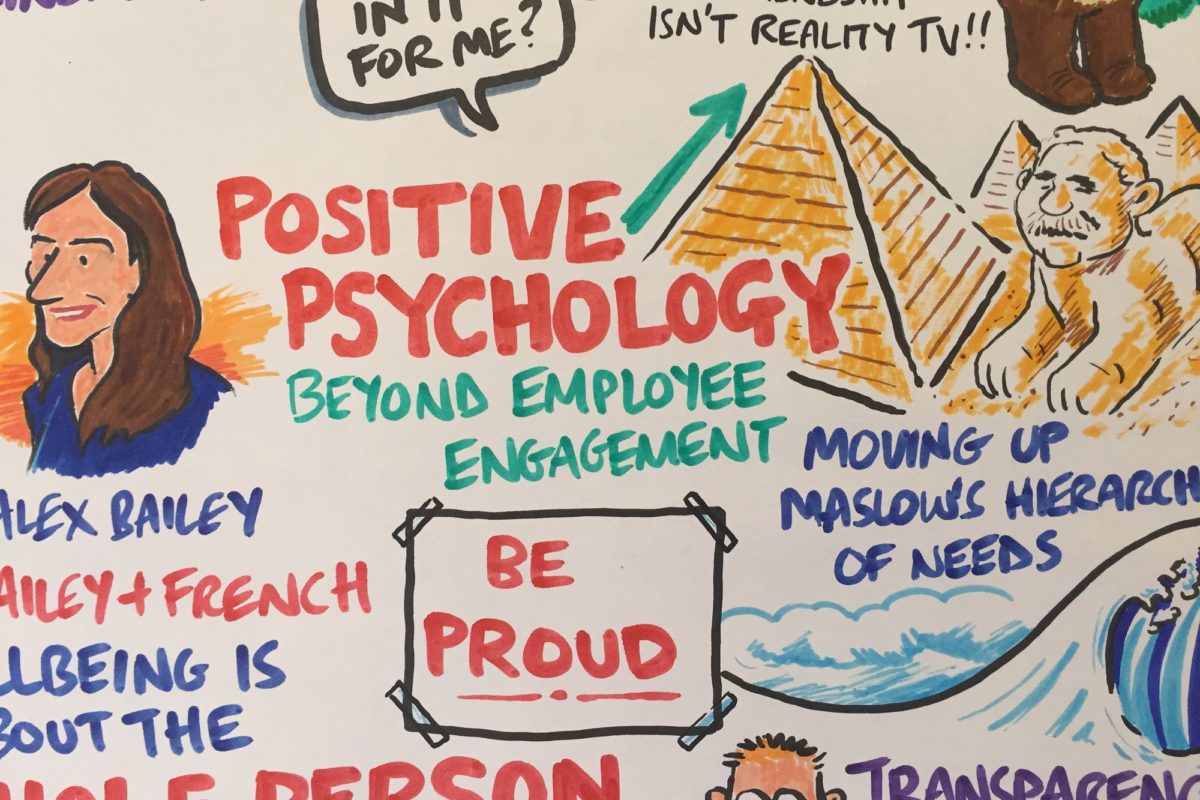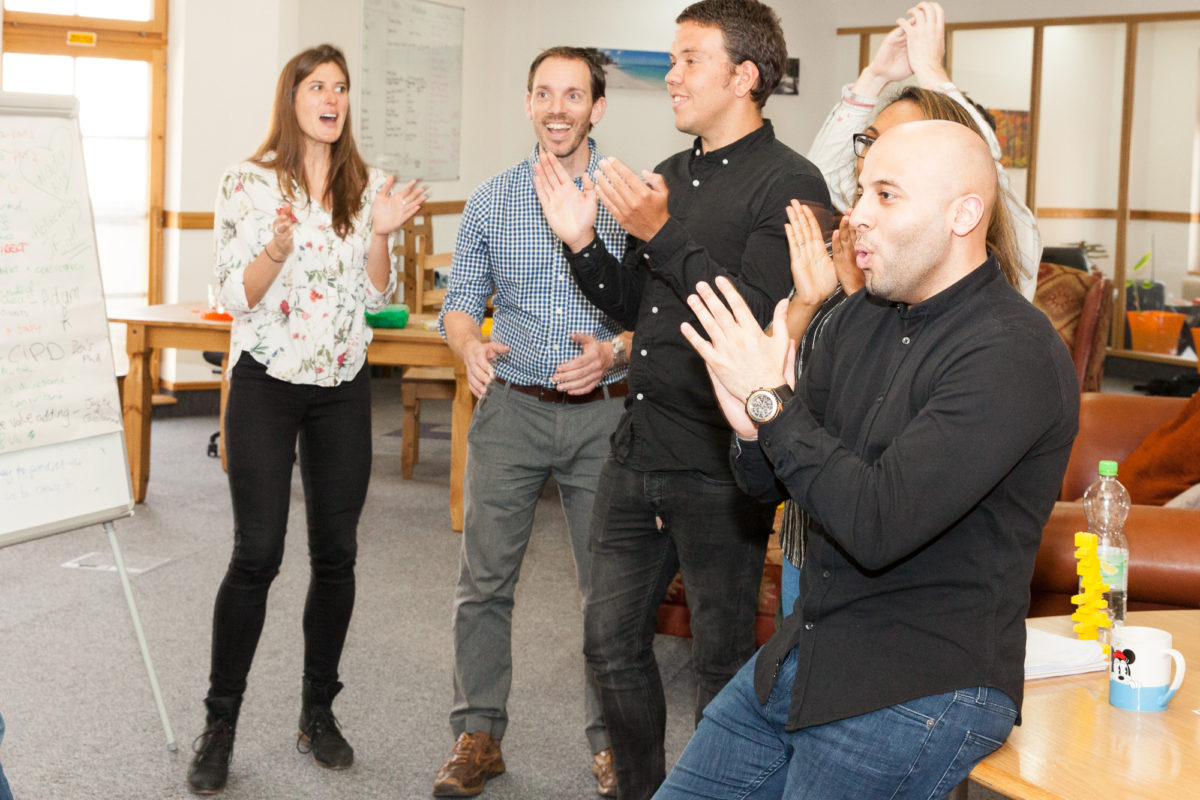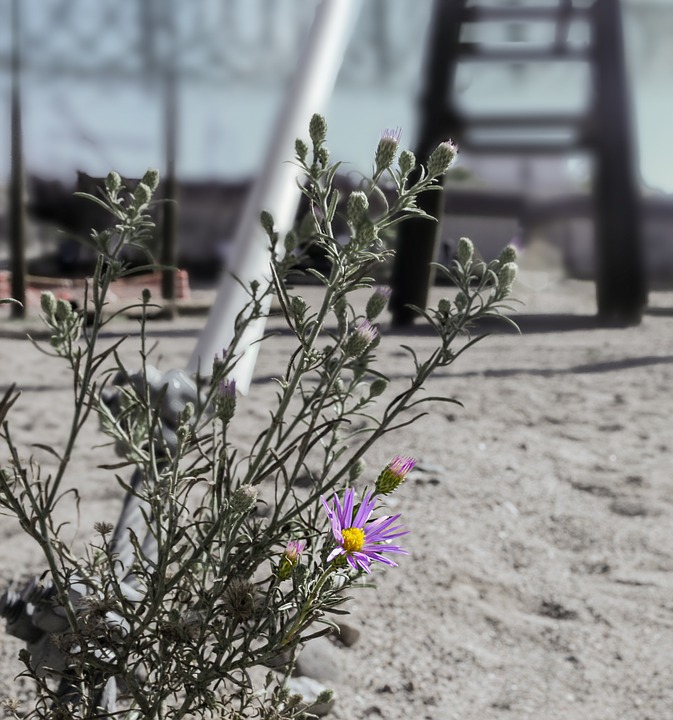
About CIPD
Alex Bailey, of Bailey & French, talks at the CIPD Sussex Branch Conference, Thursday the 14th September -‘The Future of Work is Beyond Employee Engagement’.
Alex introduces the HR Innovation Curve, “designed to show exactly where we need to be focusing our attention if we want to be our best, most innovative selves and build the best organisatons we can. It also tells the story of this evolution of needs. In the session, Alex focuses on three points 1) How Wellbeing is more than Employee Engagement, 2) Explores a positive model of Wellbeing that supports that distinction and 3) How we can innovate People functions in the future to really help people flourish at work and beyond.
Enjoy!
For more information on our wellbeing programmes, including our wellbeing conversation mat, workshops and notebooks, email us at info@baileyandfrench.com or call +44 1273 830 830. To purchase the wellbeing conversation mats and notebooks directly via our online shop click here.


About Are
Are you addicted to work? Another reason to increase personal accountability for wellbeing at work.
Over the past ten years the focus on employee engagement and improved leadership has meant thankfully many more people are genuinely in roles that play to their strengths, give meaning and purpose, support positive relationships and that ultimately they enjoy.
Me included. I really do love what I do, I use my strengths every single day and get an amazing sense of fulfilment from my work. I constantly have to juggle this love for my work with my other life demands of being a full time working mum to my little ones, remember to feed the increasing menagerie of animals, not forget my family celebrations and tending to my important friendships as well as trying to be a great wife. But I have to admit I get such a rich sense of thriving and flourishing in my work that often I have to reign myself in.
I know I’m not the only one. I often hear people say to me jokingly “it’s easier to be at work” and it resonates. Chatting with other parents this week at the school gates hearing people say how much work they’ve got done now kids are back at school with a big smile on their face. It’s an environment I know, I can influence and can achieve and feel productive and capable, top of my game. I don’t have a nanny, house husband or able parents to support my constant juggling and when one of life’s big challenges comes my way it’s harder than hard to get through it, but we do. And often it’s work that helps me, something constant, something meaningful, supportive work relationships, but above all for me it’s the achievement of moving things forward. I expect it’s something different for everyone depending on what they enjoy most in their work.
The balance to ensure that I am indeed still focusing on other key areas of my life is my responsibility, not anyone else’s. I have my own reminders on my desk, pictures of my kids and their latest masterpieces, yet I still regularly find myself sprinting out of the door to go pick them up on time because I’ve been completely absorbed in another fascinating piece of work. I’ve allowed myself to be completely absorbed even though I’m fully aware that I should be packing up to go.
There is always more work. It will never be finished. At school our kids are constantly taught to stretch and grow in their learning and this is the same in modern L&D approaches in organisations. Everything is a journey full of opportunities and possibilities so it is only us, ourselves, who can determine where we draw the line.
I hear people go on about the hours they do as if it’s always someone else’s fault, yet I know lots of people love being busy, needed, included, required in back to back meetings, it boosts how important people feel about themselves even if it means they are still working late and other parts of their life suffer. It can tip over the edge and have a huge influence on our identity. I also know that our increase in work/life integration is not a bad thing for everyone – I know my crazy working hours allow me to be the best mum I can be by swapping daytime hours for night time or weekend working. And now LinkedIn has a green dot on those online I can see lots of people are indeed working different hours because they choose to also.
So increasing people’s knowledge of what positive wellbeing is, guiding learning of skills to equip us and giving confidence in ourselves to know how and when to balance our life priorities is key. We are only going to be more empowered in work in the future so equipping people to lead themselves effectively and take care of their wellbeing at work is fundamental as a preventative approach for all people in organisations in addition to and alongside the more targeted interventions for those struggling at a crisis point.
Alex Bailey
For more information on our wellbeing programmes, including our wellbeing conversation mat, workshops and notebooks, email us or call +44 1273 830 830. To purchase the wellbeing conversation mats and notebooks directly via our online shop click here.


About How
Early in my career, a question I was often asked by clients was ‘how can we build the resilience of our people?’. And if I’m honest, I didn’t truly know the answer.
I am exceptionally lucky and fortunate to work with lots of different people and organisations, across a range of industries and counties. Due to the context of work I do, people will openly share examples of the day-to-day stresses and challenges they face, both at work and personally, and how they deal with adversities and failures.
It’s true that there are some people who are by their very nature more tolerant to stress and ‘bounce back’ more easily. However, listening to these stories over many years, and drawing upon my own experiences, it became quite clear that resilience can be learned. Now the question I had to answer was ‘how?’.
My conclusion is that there is no exact formula or winning algorithm that clearly defines how to be more resilient. Rather, I see it as a combination of many things -‘one size does not fit all’ – with us drawing upon different resources depending on the challenges we face. Martin Seligman’s PERMA model gives us a great framework for these – in its own way, each element supports and enables more resilient behaviour. By building awareness and resources to support ‘Positive emotions’, ‘Engagement’, ‘positive Relationships’, ‘Meaning’ and ‘Achievement’ – and learning to maximise each element – we can ‘lead’ ourselves better through times of stress. And these elements work in conjunction with, and build upon each other too – positive emotions help us build relationships, which enable us to be more resilient, which in turn help us experience more positive emotions, and be more resilient, and so on.
As an example, let’s focus on positive emotions (the ‘P’ in ‘PERMA’). Knowing and understanding our emotions, and being aware of how we are feeling and why, means we can recognise when we are experiencing more negative than positive emotions. Negative emotions create a downward spiral that narrows our capacity to learn, problem solve and make decisions. So, making decisions when we are feeling down and despondent can diminish our ability to think creatively and find the right solution when we need it most. Further to this, an interesting piece of research I read recently showed how resilient individuals not only cultivate positive emotions in themselves, but they are also more skilled in eliciting positive emotions in others (Tugade et al., 2013). This in turn helps build a supportive network that aids the coping process.
One thing that is certain is that the world is ever-changing and in a constant state of ebb and flow as we all strive to maintain competitive advantage. Speaking with clients, this is very much a reality and a challenge in today’s modern working world. The consequence, however, is often stressed team members who are disengaged and unhappy. The context is unlikely to change in fact, it’s likely the world of work will become increasingly more dynamic. So, what’s the solution?
Current approaches often target the symptoms, for example offering Employee Assistance Programmes (EAP) or gym memberships. Yet this will not target the cause or solve the issue long-term. We need to be more strategic and preventative, empowering our people through their own and others’ learning and growth so we have the skills needed to be resilient. The world is dynamic and ever-changing, but by building our resilience we can enjoy the ride and be confident in knowing you have the self-awareness and personal resources to weather any storm.
Bailey & French are a team passionate about creating the simple, positive platforms and practical tools that support people to clarify what they truly want to achieve and then do it. We know everyone is busy at work so make sure our interventions are easy to apply, high impact and often self-facilitating. If you are interested in finding out more about how we work with individuals, teams and whole organisations to be more engaged, successful and positive, we’d love to hear from you.
This article on ‘Resilience’ is one of a sequence based on Martin Seligman’s PERMA model of wellbeing. Click on the following links for previous articles, on ‘Positive Emotions‘, ‘Engagement’, ‘Relationship’, ‘Meaning’ and ‘Achievement’.
Grace Walsh
References:
M. Tugade, B. L. Fredrickson and L.F. Barrett (2013). Psychological Resilience and Positive Emotional Granularity: Examining the Benefits of Positive Emotions and Coping and Health
Carver, C. S., & Scheier, M. F. (2002a). Optimism. In C. R. Snyder & S. J. Lopez (Eds.). Handbook of positive psychology (pp. 231-243). London: Oxford University Press.
Kumpfer, K. L. (1999). Factors and processes contributing to resilience: The resilience framework. In M. D. Glantz & J. L. Johnson (Eds.). Resilience and development: Positive life adaptations (pp. 179-222). New York: Kluwer Academic/Plenum Publishers
